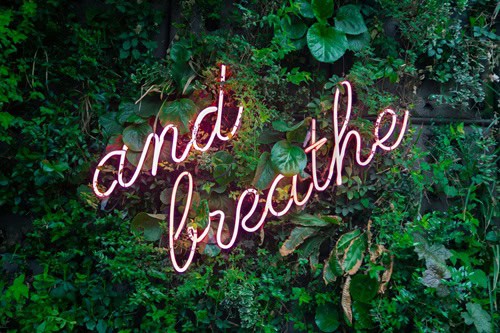Internal vs. External Mood Regulation
By Tom Horvath, PhD
 How well can I calm myself or energize myself using my own abilities? How much do I need to use a substance for help?
How well can I calm myself or energize myself using my own abilities? How much do I need to use a substance for help?
Although at times a mild sedative (one drink) or mild stimulant (a cup of coffee) can be a helpful tool, the more we rely on such tools the more our internal abilities diminish (atrophy). Daily low doses of sedatives or stimulants can be helpful. As the doses get higher, problems can emerge.
In cases of substantial addictive problems, it is common to see someone bouncing between “downers” and “uppers,” sometimes even multiple times per day. At that level of substance use we can lose all sense that self-regulation can be accomplished by ourselves. None of us may reach the ideal of regulating ourselves entirely from our own resources. However, it is a goal worth striving for.
The farther we are from that ideal the more our lives need to focus on maintaining our supply of substances, using them in a way not to get noticed by others, and not over-doing our doses. As we fall short on these tasks negative consequences build up. We can end up in an ongoing negative spiral, where substance use becomes the way to cope with the negative effects of substance use. Unless we break out of the spiral, it may go along until a crisis (our health, an arrest, a breakup, etc.) pushes us to address the issue.
Wherever you are with the capacity to regulate your own mood, the following steps may be helpful:
Try mood regulation on your own first. When you are tempted to “do something” or “take something” to calm or energize, wait for a while, and take your own steps first. Over time you can wait longer and longer, as you build capacity.
Consider why you are “up” or “down.” Could it have been prevented? Do you have unrealistic expectations? If you have been working hard all day, it is normal to be tired! Have you eaten and slept adequately? Your self-reflection might lead you to change expectations or engage in better behavior (such as getting more sleep).
If you do use a substance, start practicing using a lower dose. Rather than considering the substance the “solution,” consider it an aid. You could gradually become less dependent on it. Taking this approach might convince you just how dependent you have become on the substance. In that case you may want to take more substantial steps to address substance use.
If you or a loved one would like to explore external and internal mood regulation with a professional, our individual therapy services may be able to help. Don’t hesitate to reach out – you don’t have to do it alone!
